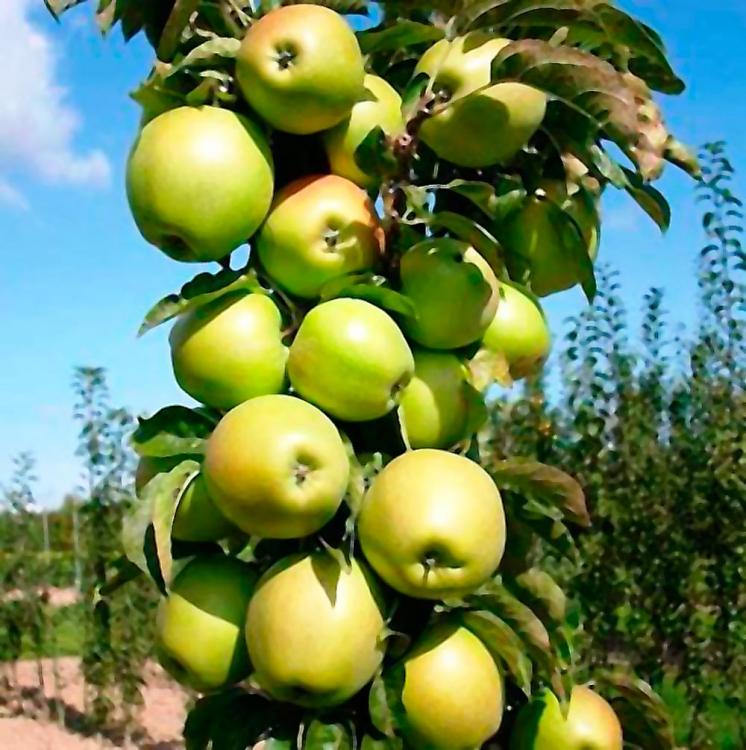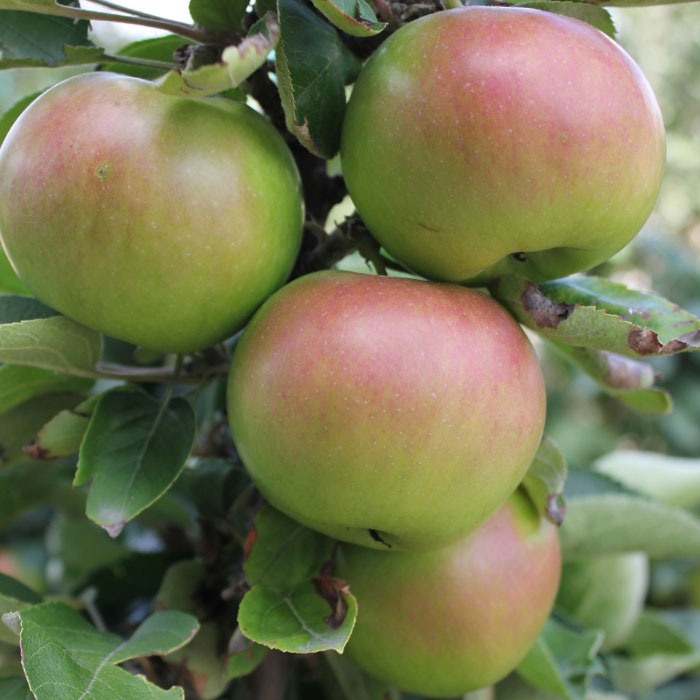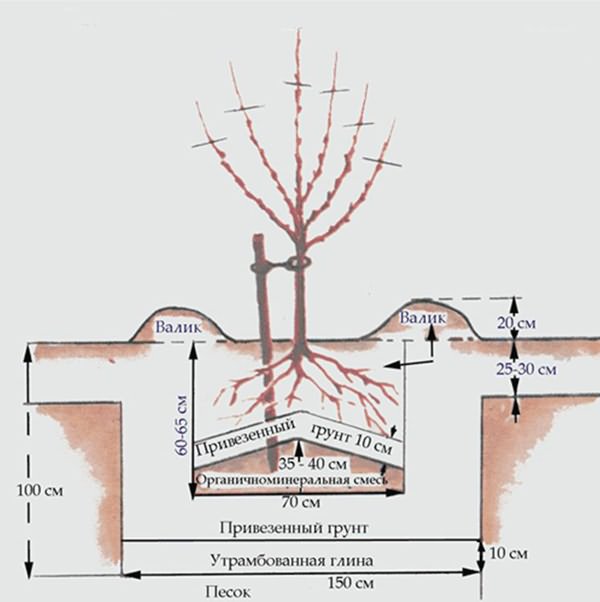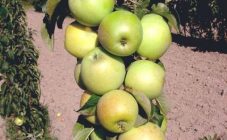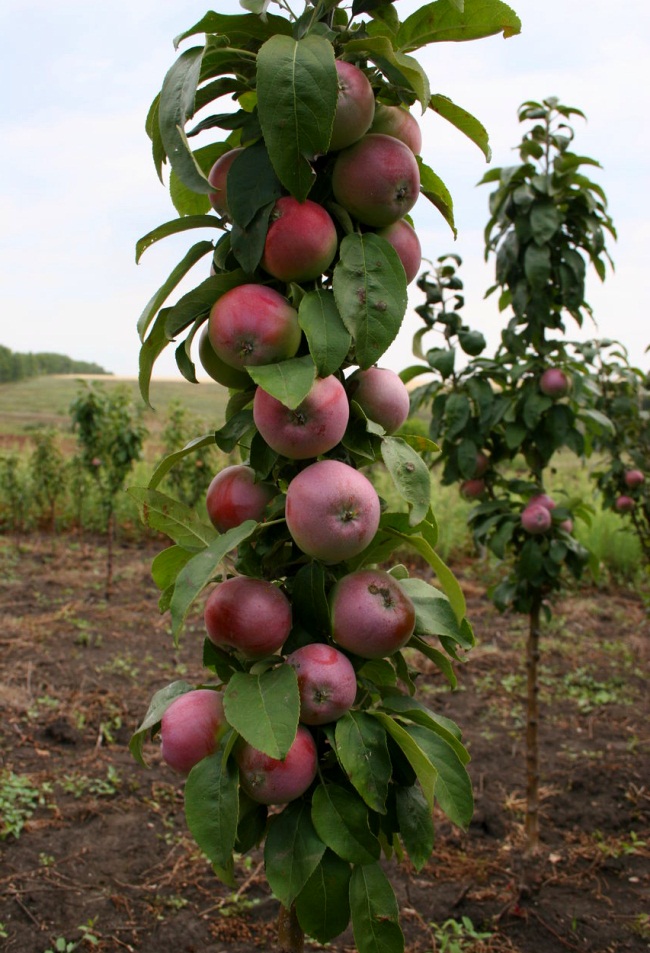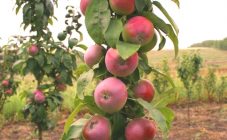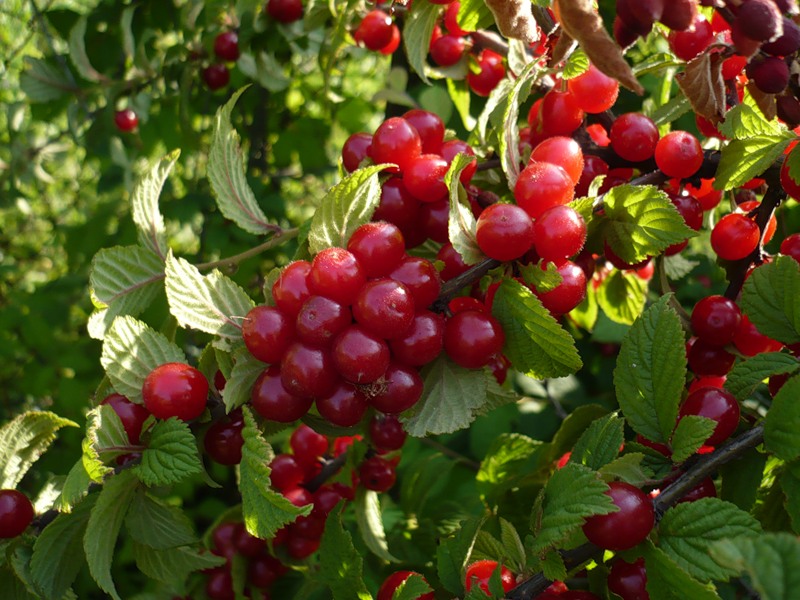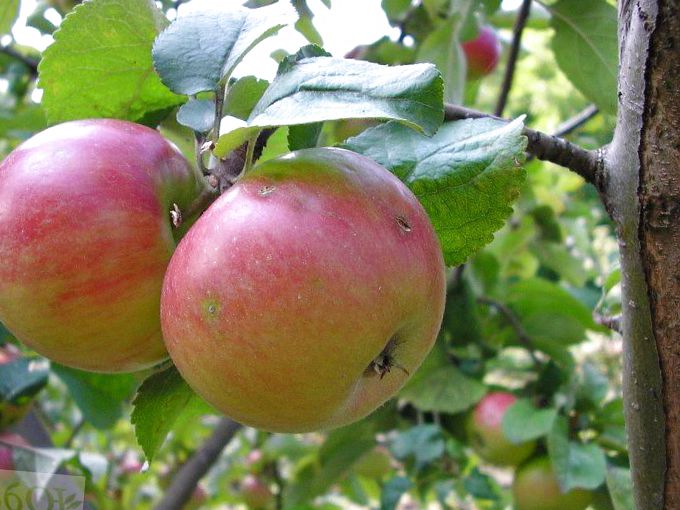Content:
For the first time in our country, columnar varieties of apple trees appeared at the end of the third quarter of the last century. Today, thanks to the efforts of breeders, there are already more than 90 species of such fruit trees. The main advantages of such apple trees are compact crowns, small size of the root system, beautiful appearance, early maturity and high yield, ease of care and harvesting. Therefore, many gardeners prefer to grow these varietal fruit trees. Below will be described the columnar Iksha apple tree, which can now be found in many garden plots.
The history of the creation of the variety
The history of the emergence of columnar varieties of apple trees in our country begins in 1972. It was then that pollen from the columnar apple tree Vazhak, grown in Canada, came to the country. The well-known breeder V.V. Kichina was engaged in the development of new varieties, who crossed Vazhak with the apple variety Cinnamon striped. And 4 years later, cuttings of the Vazhak fruit tree and columnar apple trees bred in Great Britain were sent to Russia. From these initial materials, many varieties of a new type of columnar apple trees, including Ikshu, were created.
Of the vigorous varieties that ripen in early September, the Senator columnar apple tree is suitable for planting in the central part of Russia. Another autumn variety intended for cultivation in the central regions of our country is the columnar apple-tree Delight. But Iksha is an apple tree that ripens in the last decade of August and is considered a summer variety.
Characteristics and features of the variety
Iksha, in contrast to the columnar apple-tree Senator and the same apple-tree Delight, is more resistant to severe cold, but less in height, therefore it is grown in the middle zone, Moscow region and in regions with a similar climate.
One of the main advantages of this fruit tree is the onset of fruiting in Iksha already in the year of planting (if it is planted in spring). The beginning of the harvest is the last decade of August. You can store the harvested crop for at least 60 days, and the fruits do not lose their presentation and excellent taste.
In height, such trees can reach different sizes, but Iksha rarely grows above 2-2.2 m.
The root system of these fruit trees is very powerful and well developed, therefore it is able to extract a large amount of nutrients from the soil and actively supply them to the aboveground part of the tree, including a huge (compared to the aboveground part) amount of fruits.
Foliage - light emerald, attached to the shoots with thick petioles.
Ripe apples literally stick around the tree - so many of them ripen. The skin is dense, of medium thickness, practically not felt in food. The skin color is light green with a yellowish tint, one side turns red as the fruit ripens.
The mass of a ripe apple is up to 150 g, the taste is sweet with a slight sourness. The delicate and pleasant aroma of ripe apples is an excellent addition to the juicy fruit, therefore many gardeners consider the Iksha variety to be dessert. The coarse-grained, creamy pulp contains a lot of fructose, so when cooking jam or jam, you can save on sugar.
The description of this columnar tree should be continued with a story about the yield of the variety. More than 20 kg of juicy, aromatic apples can be harvested from one tree, which perfectly tolerate transportation and can be stored for up to 50-60 days even in non-specially equipped rooms. Moreover, these apple trees bear fruit every season, regardless of bad weather conditions or a sharp change in temperature (from hot to cold and vice versa).
Agrotechnics
Cultivation of columnar apple trees has its own characteristics. First of all, you should take care of purchasing a seedling. It is better to order young trees in special nurseries, where the ordered variety will be sent. In addition, seedlings with a closed root system are sent from such nurseries, which greatly facilitates planting and further acclimatization of the tree in a new place.
These trees can be planted both in spring and autumn. But in the autumn, planting should be done so that at least 1.5-2 months remain before frost, so that the apple tree has time to take root in a new place, and also to prepare for the upcoming cold weather. In the first seasons, cover the root zone, as well as the lower part of the trunk, so that hares or mice do not chew on the bark.
The choice of location is not critical, the main thing is that the groundwater does not come close to the soil surface. The diameter of the pit for planting should be about 0.45 m, and the depth should be at least 0.6 m.The lowest layer is drainage, the thickness of which should be at least 5 cm.The next layer is a mixture of ash, peat and rotted manure (horse or cow). Fertilizers are covered with a layer of soil, and on top - a layer of river sand.
A seedling is placed on the sand, carefully spreading the roots. The earth is poured from above, but so that the root collar is 5-7 cm higher than the surface of the soil. Then at least 1 bucket of water is poured under each tree. From above, the trunk circle can be mulched with a layer of straw, sawdust or humus.
Further care for the columnar apple tree consists in observing the irrigation regime, loosening the earth around the trunk, removing weeds and applying top dressing from the next year after planting.
Advantages and disadvantages of the variety
The main advantages of this variety include:
- high frost resistance (higher than that of other columnar apple varieties);
- increased resistance to the main "apple" diseases (including scab);
- earlier ripening (the first fruits for the next year, and begins to bear fruit in full force 4-5 season after planting).
There were no particular drawbacks in this fruit tree, so the Iksha apple tree, despite the fact that it was bred relatively recently, has become popular with gardeners.
